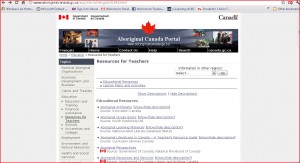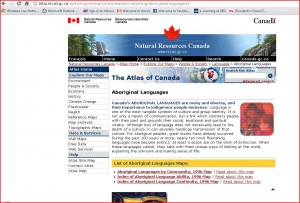Visit: http://www.svs.is/ahdr/ahdr%20chapters/english%20version/AHDR_chp%2010.pdf
This site clearly addresses the education systems of indigenous education in Alaska, the Yukon, and the Northwest Territories (NWT) of Canada (25) Russia and Saami. In the article the terms, ‘education’ and ‘educational system’ were explored by the authors of the document, Gunilla Johansson, Luleå University of Technology, Sweden, Chris Paci, Arctic Athabascan Council, Canada, and Sylvi Stenersen Hovdenak, University of Oslo, Norway. The article compares mainstream education with Indigenous education in the various countries.



